Dichondra silver falls is a beautiful ground cover or cascading plant that will trail down the side of a pot or raised garden bed. If your dichondra shows signs of dying including yellowing leaves, brown leaves, dry stems and damaged leaves it is time to act fast.
Dichondra are prone to overwatering so reduce your watering schedule, give them slow release fertilizer in spring and move them to a sunny position.
Dichondra are a hardy plant and will tolerate drought conditions once they are established. This article will explore the top causes of dichondra death, signs to look for to know your plant is in distress and top solutions.
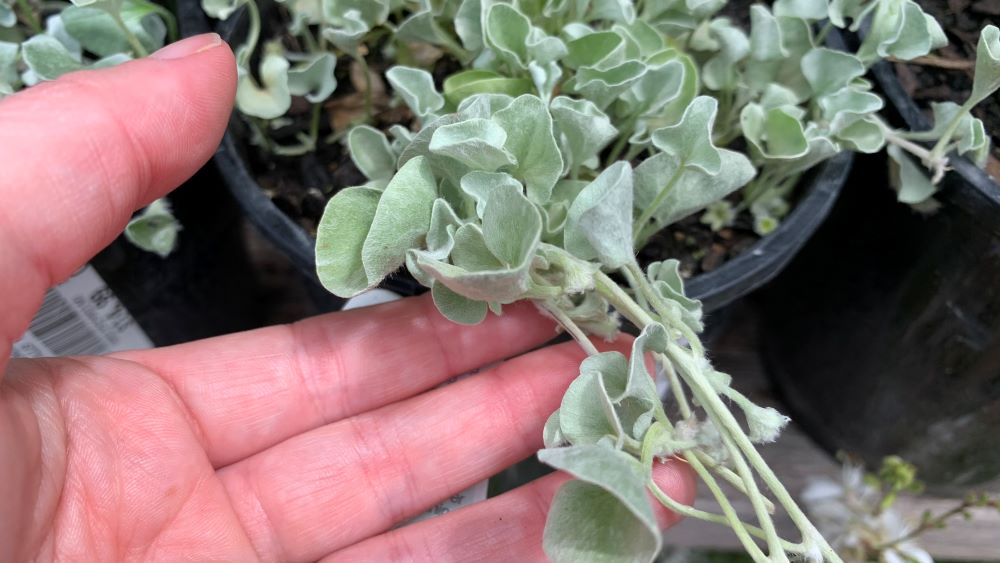
Top causes of a dying dichondra
These are the top 3 causes of a dichondra dying. Read through and see if they might be the cause of the problem for your plant.
1. Overwatering
Dichondra are native to dry areas of the USA and Mexico and can easily be overwatered. Too much water will turn the leaves yellow and then brown and can cause root rot. These plants need to dry out between watering to avoid these problems. If dichondra continue to get too much water they will turn brown and die off over time.
3. Not enough sun
Dichondra thrive in a full sun position and will still grow in part shade. Moving dichondra into too much shade can be too much for them and they can suffer. Their leaves will turn a bright silver color when they get lots of sun but can become dull if they are growing in too much shade.
Potted dichondra can be moved to a sunnier position but those growing in the ground are harder to deal with. You can dig up and move dichondra if the problem continues. This can save your plant from dying.
4. Poor soil
Poor soil is another common cause of dichondra dying. These plants are tolerant of dry conditions but will suffer if they are planted in heavy clay or equally very fast draining soil. If you have planted your dichondra in succulent or cactus soil the water can drain too fast and cause the roots and leaves to dry.
Clay soil will hold water for a long time which can be too much for dichondra. Digging compost through the soil before planting is ideal to help clay soils to drain well to grow dichondra.
Signs your dichondra is dying
Before your dichondra dies off completely it will show signs that it is suffering and it is time to act. Look out for yellow and brown leaves, brown stems and damaged leaves.
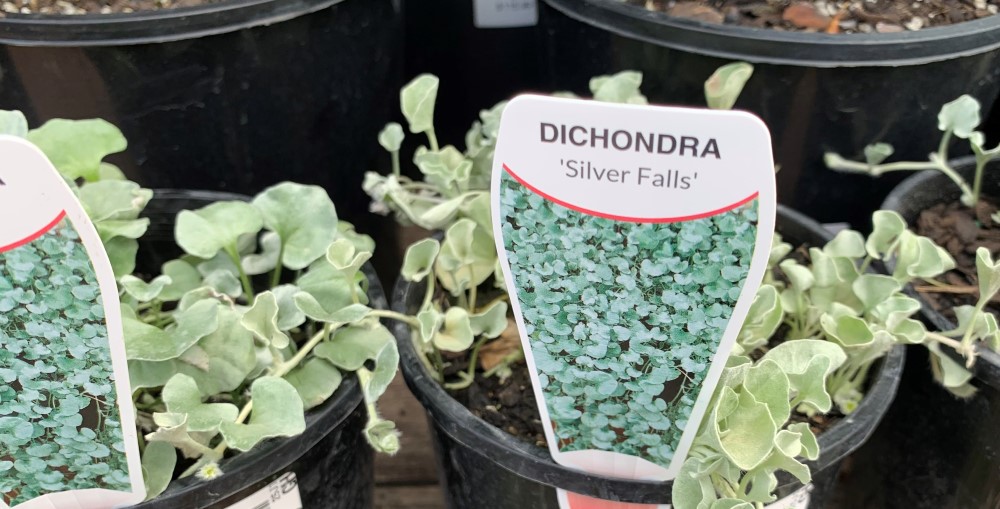
Yellow leaves
Yellowing leaves is often the first sign that a dichondra is suffering. This can be sign of overwatering as nitrogen is washed out of the soil but can also be a sign that the plant is too dry. To work out what is going on, stick your finger in the soil 2 inches down.
If the soil is wet and soggy then overwatering could be the problem. If the soil is dry then your dichondra needs a deep soak with a mix of water and liquid seaweed.
Brown leaves
Brown leaves are the next sign that your dichondra could be dying. Brown leaves can be caused by overwatering, underwatering, a lack of fertilizer and root damage. Check the soil to see if it is too dry or too wet and if you haven’t added fertilizer since the previous year it is time to add some more.
For more on the cause of brown leaves on dichondra, check out my previous article: Dichondra Silver Falls Turning Brown | 5 Steps to Fix it
Dry stems
Dry stems are the final stage for plants before they die off. When the brown color flows down from the leaves to the stems then the damage is far spread. If the stems are old then it is fine to remove them. The plant may just be replacing old stems. If the soil is very dry, there is not enough fertilizer or if the soil is heavy with clay it is time to take action.
Damaged leaves
Damaged leaves on dichondra can be a sign that they have been attacked by bugs. Slugs, snails, caterpillars and mealy bugs are possible causes of leaf damage. Dichondra are hardy and it is rare that they are the victim of bug attack but if you see bite marks on the edges of the leaf this could be the cause.
I like to remove any obvious bugs with the sharp spray of the hose. Set your sprayer to the jet setting and squirt the leaves to remove any visible bugs. A soap spray can help to keep them off the plant which is simply a mix of organic dish soap and water.
How to save your dying dichondra – 5 Easy Steps
Here are my easy steps to save your dying dichondra.
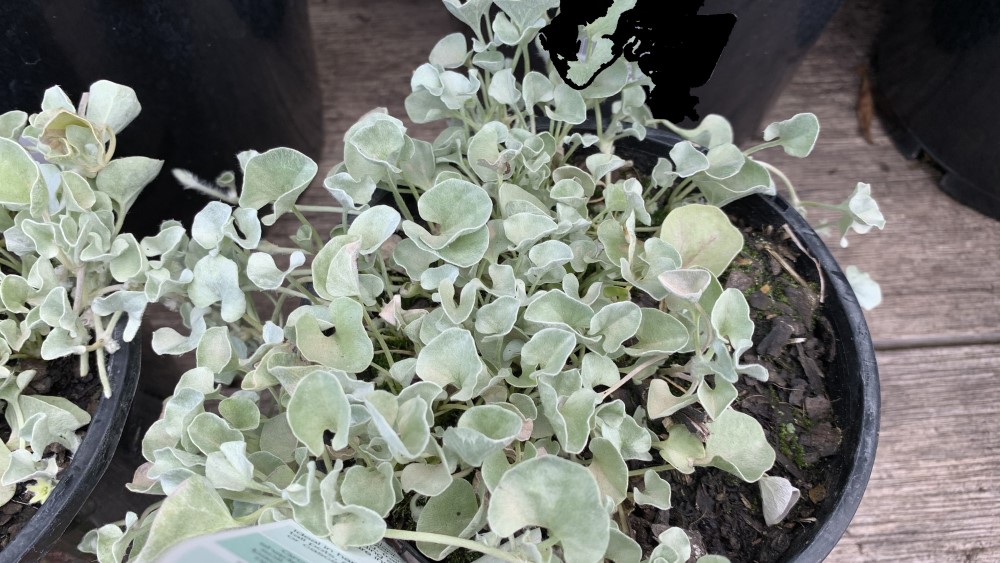
1. Repot your dichondra into good soil
For potted dichondra the best thing to do can be to refresh the potting soil. You can put it back into the same pot if you like but always use top quality potting soil. This will be free draining and give your plant a boost of nutrients. Old potting soil can become dry, hydrophobic and the organic matter can break down.
Replace your potting soil every 2-3 years to keep your dichondra healthy. This will keep the soil level up and allow the soil to drain well while still feeding the plant.

2. Regulate your watering
Check your watering schedule and the soil moisture level. It might be a good idea to test the soil before watering until you get the right level. Allow the soil to dry out between watering. Dichondra in pots might need watering once or twice per week over the heat of summer if there is low rainfall. This can usually reduce to once every 1-2 weeks in the cooler months.
3. Prune dead leaves and stems
Tidy up your plant by removing old stems. Dry, brown stems will not recover so you can snip them off at the base of the plant with sharp secateurs. This will tidy up the plant and allow new stems to grow through. Allowing more light to the healthy leaves can help it to recover quickly.
4. Add slow release fertilizer in spring
Add some slow release fertilizer to your dichondra in spring. I like to use a gentle, organic-based fertilizer like pelleted chicken manure. Dichondra can be damaged if they are given too much fertilizer. One dose per year of slow release organic based fertilizer is all they need to thrive and recover.
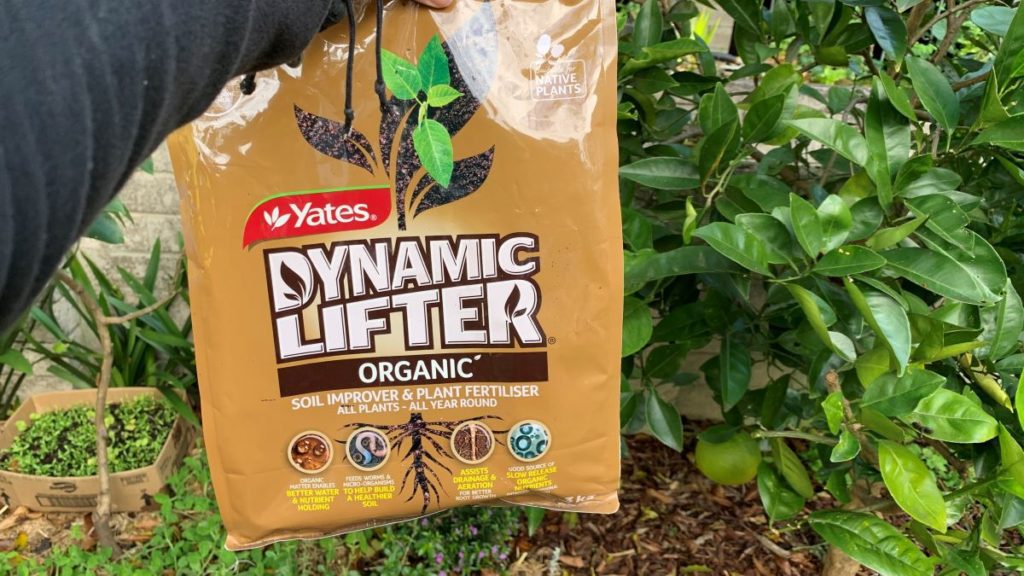
5. Repair the roots with seaweed
The best way to help a dying dichondra recover is to add some root tonic to your watering can. Add some seaweed solution when you water for the next 2 weeks to help the roots and stems to strengthen and feed the soil bacteria.
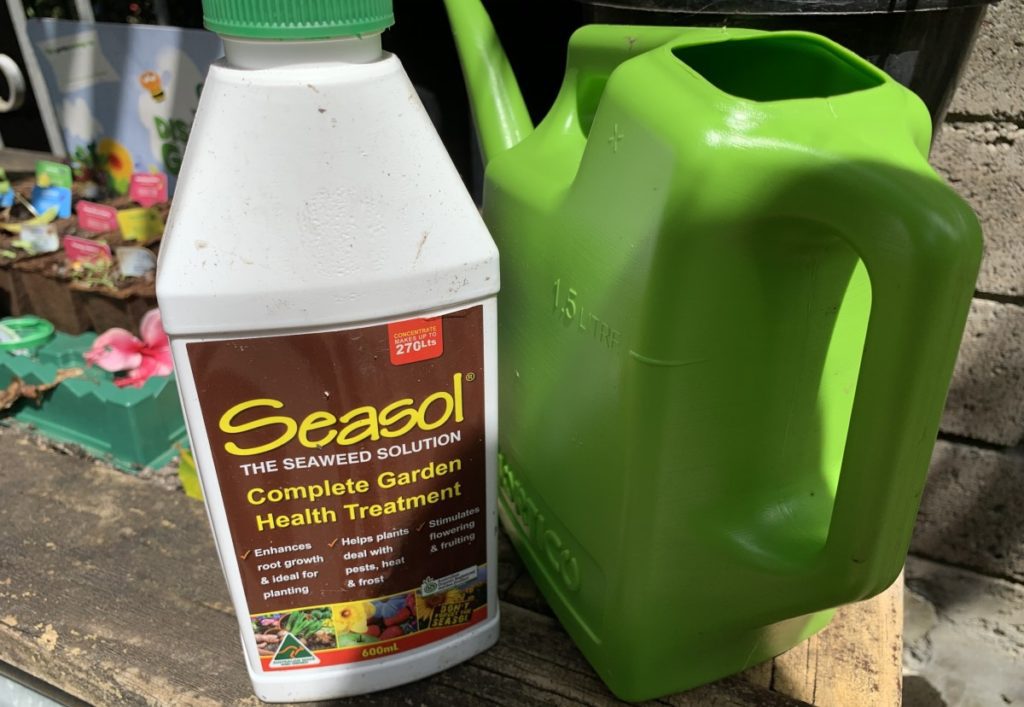
How to Save a Dying Dichondra | Summary
Dichondra can be saved from dying by paying attention to the soil, sun and leaves. Dichondra love a sunny position, free draining soil, and regular water. Let them dry out between watering and fertilize with slow release organic chicken manure pellets. Dichondra are an easy care plant and will turn a bright silver color when they are in full sun.
Happy growing.
I am an accredited practicing dietitian, experienced gardener and a dedicated cook. I love writing and sharing my experience so you can learn from my successes and mistakes.
